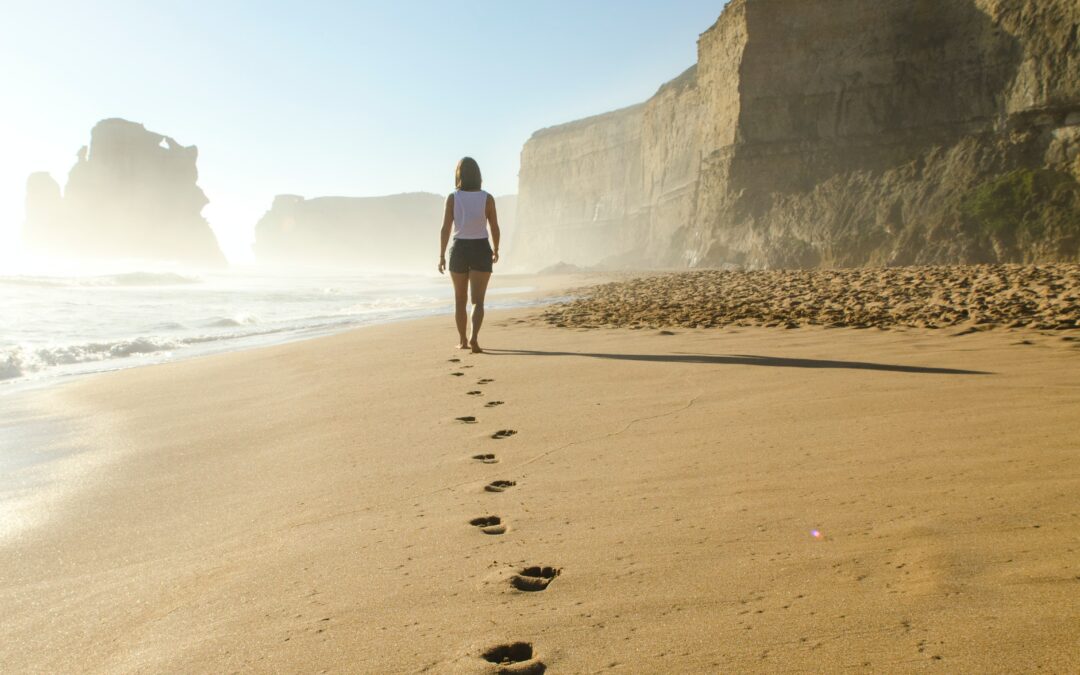In the world of design, there is a concept known as the “spirit of place.” It refers to the unique essence, character, and energy that a specific location holds. From a biophilic design perspective, understanding and honoring the spirit of place is crucial when creating buildings and interiors that harmonize with their surroundings and foster a deeper connection with nature. But this concept goes beyond aesthetics; it extends to recognizing the rights of nature and granting personhood to ecosystems.

TeUruTaumatua credit: Ana Dermer
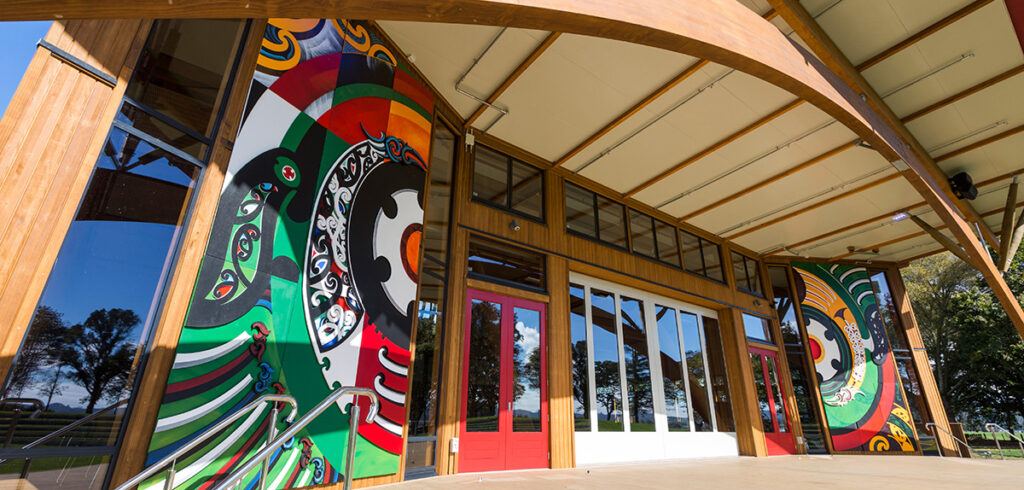
The Rights of Nature movement advocates for granting legal recognition and protection to natural ecosystems, treating them as living entities with their own rights and identities. It is an acknowledgment that nature has inherent value, deserving of respect and consideration in its own right.
Top 3 examples of personhood in Nature
Several examples around the world demonstrate the power and importance of granting personhood to nature, here below are what I consider the most relevant and symbolic of how our relationship with nature is changing.
1. Mar Menor
One such example is Mar Menor, a magnificent saltwater lagoon in Spain.
In July 2016 pollution was reportedly so severe as to render the area close to ecological collapse, following 18 years of neglected warnings.
In May 2017 all beaches of the Mar Menor were stripped of their Blue Flag status as a result of the polluted condition of the Mar Menor in 2016
In October 2019 the pollution entering after floods in September led to thousands of dead fish lining the beaches, having suffocated due to a lack of oxygen. Intensive farming in surrounding areas leads to high levels of nitrates, ammonium, and phosphates from fertilizers being washed into the lagoon, causing eutrophication, an excessive growth of algae and bacteria that deprives the water of oxygen.
A similar event occurred in August 2021, with four to five tons of dead fish being removed from the lagoon within a week. Shortly thereafter, a large demonstration took place, with 70,000 people surrounding the entire lagoon on August 28, 2021.
For years activists have lobbied for a law that would recognize the right of the Mar Menor ecosystem to exist, treating it as a “legal person” thus granting it personhood. In October 2022, Spanish lawmakers granted these rights.
Recognizing its ecological significance and the spiritual bond the local community shares with the lagoon. With its newly granted legal status, the lagoon itself has the right to exist and evolve naturally, safeguarding its unique biodiversity and the well-being of the people who depend on it.
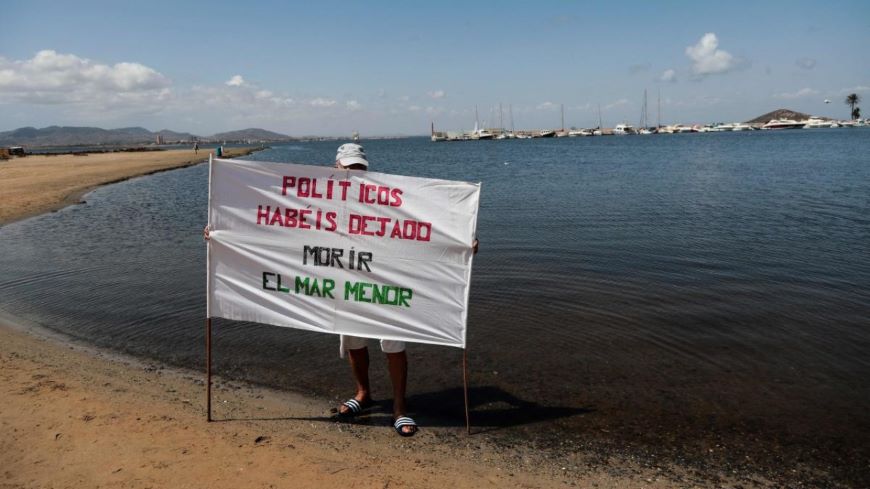
Mar Menor
2. Whanganui River
New Zealand’s Whanganui River provides another compelling example.
In 2017, New Zealand passed a groundbreaking law granting personhood status to the Whanganui River. The law declares that the river is a living whole, from the mountains to the sea, incorporating all its physical and metaphysical elements, with rights, ensuring its protection and the preservation of its spiritual and ecological significance.
The Māori people, who consider the river to be an ancestor and integral to their cultural identity, fought for its personhood recognition.
Whanganui Māori have a saying: Ko au te awa, ko te awa ko au: I am the river, and the river is me.
Granting the state of personhood does not solve the problems ( such as erosion) overnight, however, it has finally a say in decisions being made and it does call for all parties to take into account the long-term benefits for the river itself, one little step at a time. The indigenous communities want to preserve their ancestor, but so do also non indigenous communities who benefit from a healthy river and need to balance this with a good economical activity.
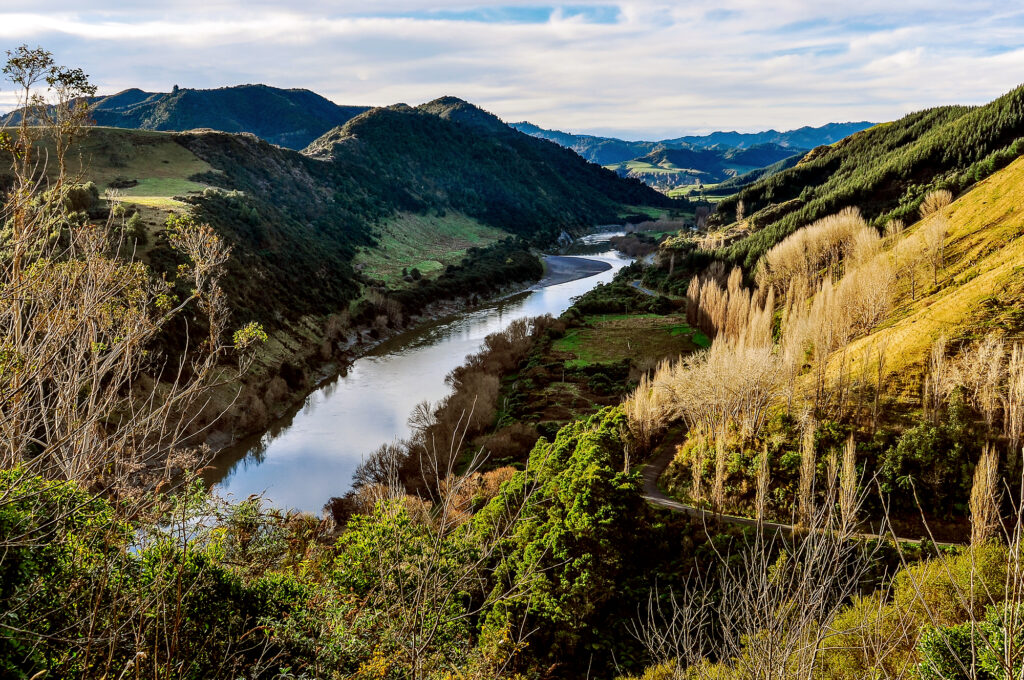
View of the river and the surrounding forest in the Whanganui National Park, North Island of New Zealand
3. Los Cedros – Ecuador
Ecuador has been at the forefront of acknowledging the rights of nature, incorporating them into its constitution more than a decade ago. This recognition has paved the way for environmental protection and restoration efforts, ensuring that ecosystems and their diverse components are respected and allowed to thrive.
Let’s have a look at a practical example in December 2021 Ecuador’s Constitutional court ruled against mining in a protected region of the Ecuadorian rainforest because it violates the rights of Nature.
The decision means that Ecuador’s government will have to revoke mining permits granted to its own state mining company, and its Canadian partner, for exploratory operations within the Los Cedros protected area in Ecuador’s northwest region. Seven justices voted in favor of the ruling and two abstained.
“The risk, in this case, is not necessarily related to human beings…but to the extinction of species, the destruction of ecosystems or the permanent alteration of natural cycles…” Judge Agustín Grijalva Jiménez wrote.
Although individual citizens can in fact represent nature and sustain its rights against exploitation, for most it can be challenging to fight against multinational corporations in court due to financial and logistical constraints.
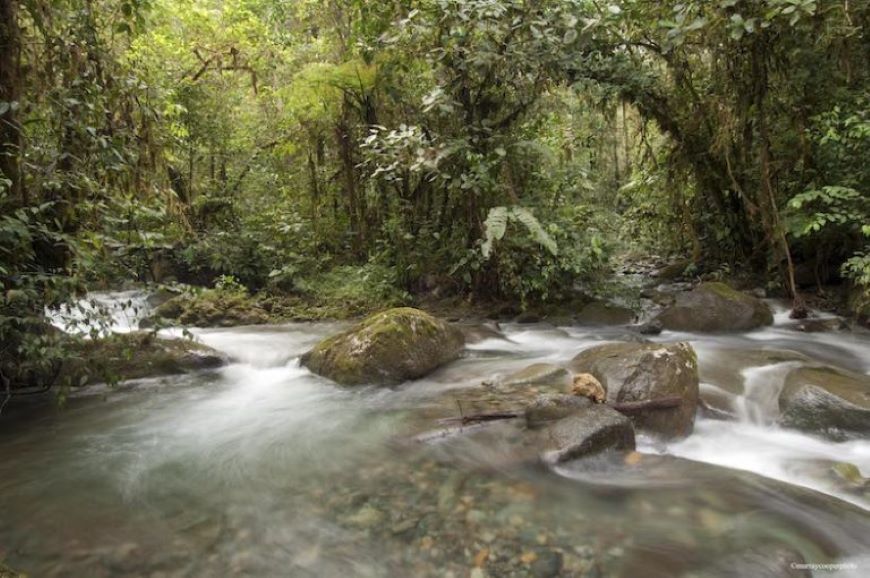
los cedros – Equador
Personhood vs Protected area
Granting personhood to nature is not just a legal distinction; it represents a profound shift in our relationship with the natural world. It acknowledges that ecosystems have intrinsic value and a right to exist, flourish, and evolve without human interference. This is quite different from granting an area a protected status such as a national park, because this latter sets about rules for humans and how they need to act in that area. It is Human-centric.
This paradigm shift allows us to view ourselves as part of a larger ecological community rather than separate from it, encouraging responsible stewardship and promoting the well-being of both humans and nature.
The concept of personhood for nature aligns with the urgent need to address environmental challenges and the understanding that our survival and flourishing are intertwined with the health of the planet. It recognizes that nature deserves a voice, representation, and protection in decision-making processes alongside humans.
Imagine a world where the rights of nature are on par with human rights, where ecosystems are valued and respected as equal stakeholders. Such a world would prioritize the well-being of nature and man, fostering sustainable practices, and ensuring a harmonious coexistence between humans and the environment.
Conclusion
In conclusion, the concept of granting personhood to nature goes hand in hand with the spirit of place in design. By recognizing and honoring the essence and character of a location, we can create spaces that not only enhance our connection with nature but also prioritize the rights and well-being of the ecosystems that surround us. It is a step towards building a more sustainable and compassionate future, where nature thrives and our shared world is cherished and protected. So Long as Nature is not granted its own rights and personhood, it is considered an “object” and as such a resource that can be exploited.
With its own rights and personhood it will sit at the decision table as a “subject” that cannot be disguised as a second-rate citizen it will be equal to mankind.
For what concerns the seas ( that cover over 70% of our planet) A lot is happening with the upcoming declaration of ocean rights due to be presented at the UN general assembly in September, so look out for important changes.
I will certainly keep you informed
